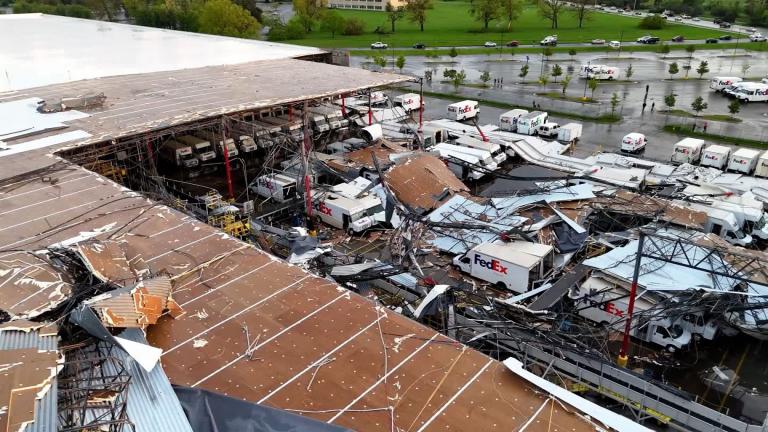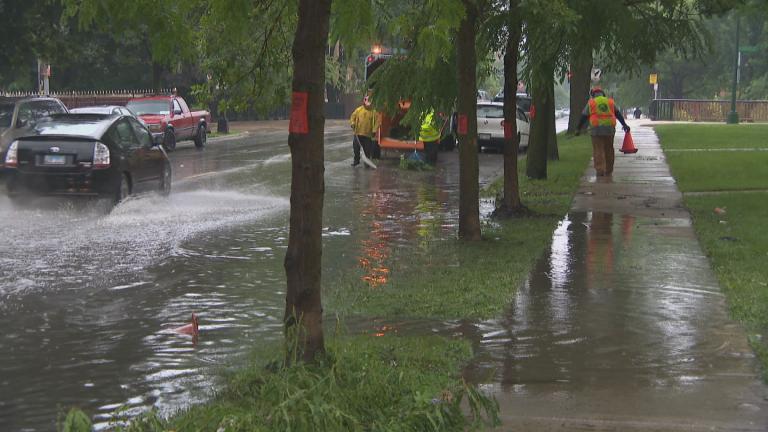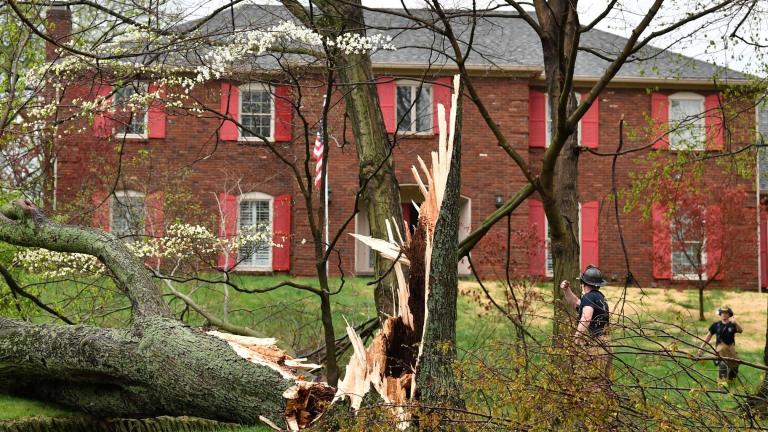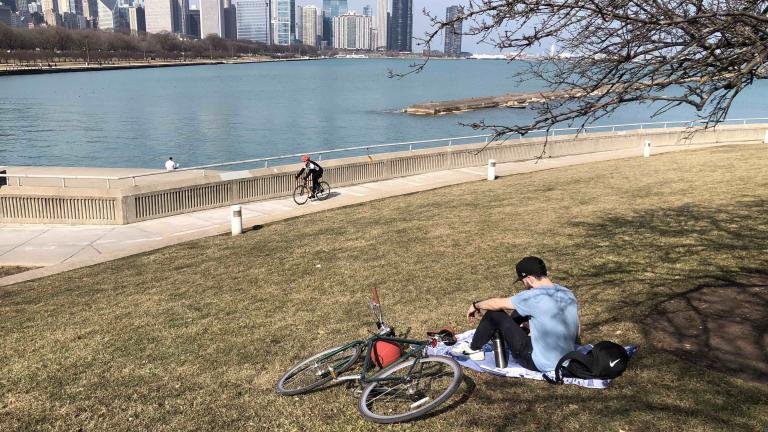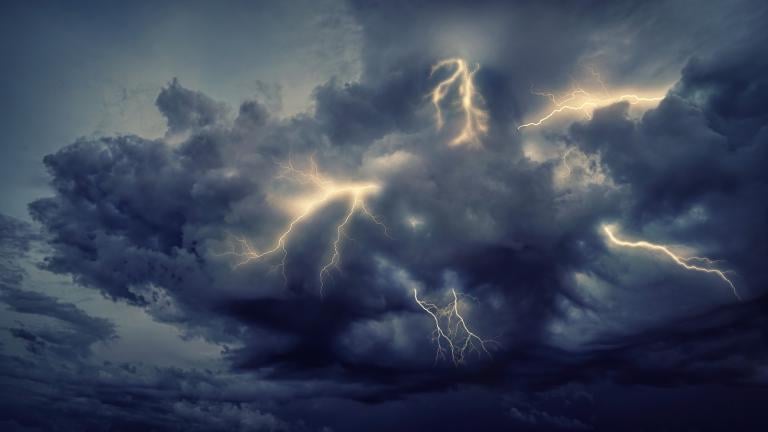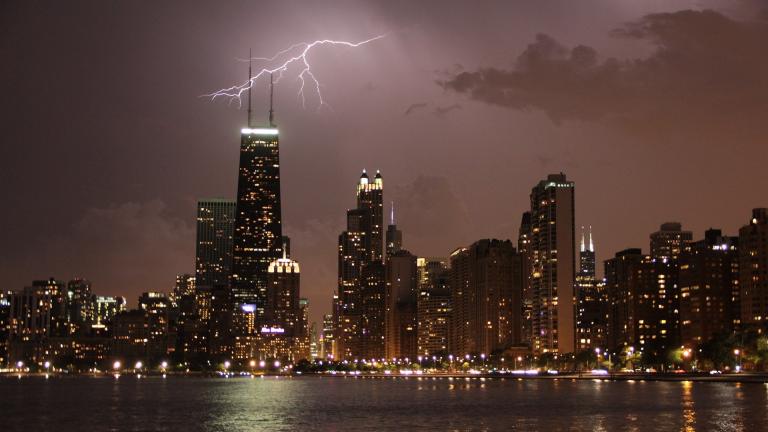Like it or not, winter is coming, and soon. The seasons change from fall to winter on Wednesday.
Despite predictions within the Farmer's Almanac, even pros like state climatologist Trent Ford, with the Illinois State Water Survey at the University of Illinois, have no way to know whether this winter will be mild or intense.
“I can tell you that the models overall are seeing, are predicting a winter – that is between Dec. 1 and Feb. 28 of next year – that is a higher chance of above average temperatures. And for most of the eastern part of the state, higher chance of above average precipitation,” Ford said.
Ford said this early out it’s hard to forecast whether Christmas will be white with snow. For now, there are no extreme patterns the next couple of weeks. Currently late December could be wet, but it depends on the temperature whether that will be snow, sleet or rain.
Four weeks out, one should take a forecast with a grain of salt.
Chicago has 400,000 tons of sodium chloride on hand to sprinkle when needed on city roads, with 30,000 tons stored at a new dome at 2555 W. Grand Ave.
On Monday, Mayor Lori Lightfoot today stood alongside other city officials to announce winter preparation plans.
“We are still very much in the midst of a pandemic. The many challenges of COVID-19, coupled with the inconvenience of life-threatening conditions that cold weather and extreme weather brings every year, that means we’ve got to utilize every tool that we can to protect the health and well-being of our residents,” Lightfoot said.
Chicago responds to well-being check requests, offers transportation to shelters, and has warming centers when temperatures hit below freezing.
“Due to the ongoing pandemic, the centers may operate at reduced capacity and residents must wear face masks while in the warming areas,” said Brandie Knazze, commissioner of the city’s Department of Family and Support Services. “During extremely cold weather, DFSS will reach out to shelters that typically operate for 12 hours a day to remain open for 24 hours a day.”
State and city authorities also encourage residents to take steps like preparing home and vehicle emergency kits, with items such as blankets, shovels, a phone charger, flash light and first aid kit.
Head of the city's emergency management agency recommends Chicagoans sign up for emergency alerts and set up a Smart 911 profile, so first responders have information should there be an emergency.
“Profiles can include information on medical conditions, important household information, pets, emergency contacts and more,” said Chicago Emergency Management and Communications Commissioner Rich Guidice.
With the start of winter on Wednesday, Chicago’s winter parking restrictions begin, which means no parking on 107 miles of the city's main arteries, from 3 a.m. to 7 a.m. through April 1 whether there's snow or not.
“The city implements this ban to make ensure the roads are safe and passable for motorists, buses and emergency vehicles. Please double check all posted signage before you park to avoid being ticketed and towed,” Streets and Sanitation Commissioner Cole Stallard said.
Additional parking restrictions go into effect when there is snow.
You can check whether plows have hit your street in real time at Chicago Shovels.org which relies on navigational software that also helps guide plow drivers.
The state of Illinois this year also updated its www.GettingAroundIllinois.com map, which now shows more precise and localized winter road conditions.
If weather’s bad, drivers are encouraged to stay home. Motorists who do need to hit the road should keep distance from emergency vehicles and plows.
Follow Amanda Vinicky on Twitter: @AmandaVinicky

